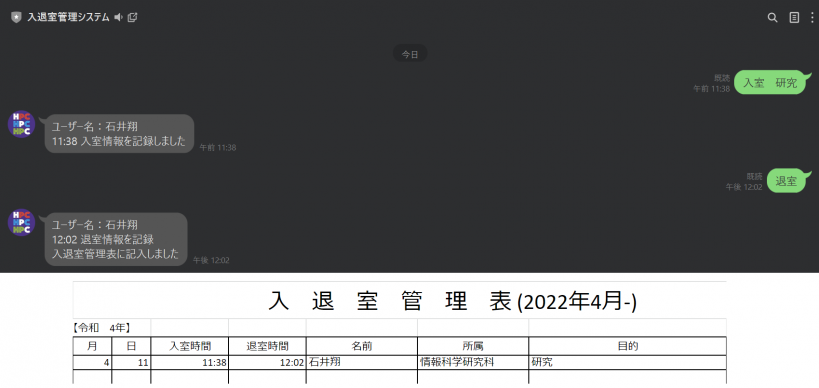はじめまして!!
東北大学院修士1年の中井大貴です。
コロナ禍ということもあり、オープンキャンパスがオンライン開催中です。
日時は7/27と7/28の10:00~17:00です。
在学生のリアルな声を聞きたいかたは是非気軽にご参加ください!!
参加方法はこちらからアクセスお願いします。
パスワードは”superlab”です。
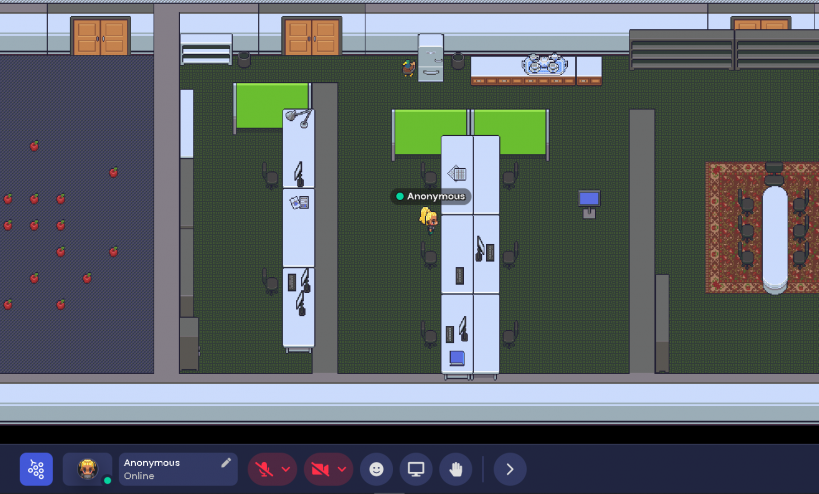
new server muffin2 was installed
Hello there. This is Aoyagi.
Recently a new server was installed in our laboratory. This server will be equipped with GPUs and VEs, and will be used for research.
Due to its similarity in size and use purpuse, it was named “muffin2” after “muffin”, the server which was installed last year.
Let’s see inside our new mate. You can see there are a lot of memory slots, actually 32 slots. In the picture below, you can see 8 slots are taken already.
But the main memory reaches 128G byte already. If we install memories to the rest 24 slots it would be possible to produce “a beast” with 1T byte main memory.
I’m really looking forward to seeing the day!
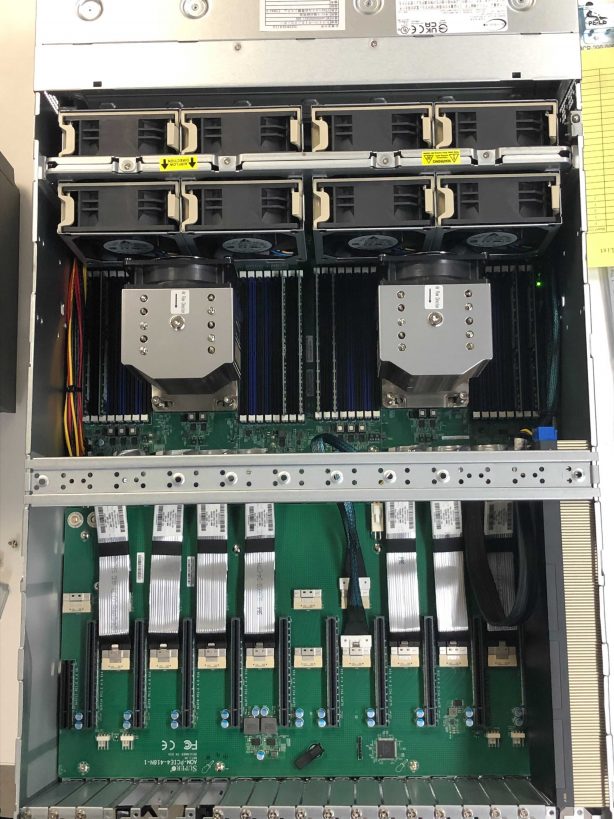
新サーバ”muffin2″設置
こんにちは!システム管理係の青柳です!
先日、研究室に新しいサーバが設置されました。このサーバは、GPUやベクトルエンジンを搭載する予定で、これらを用いた研究に活用されます。
昨年度導入されたサーバ、”muffin”と大きさや形が非常に似ているため、muffin2と名付けました。(エヴァンゲリオン2号機みたいでかっこいいですね)
さて、中身を見てみましょう。メモリスロットがたくさんあります。なんと、全部で32スロットもあります。写真では8スロットにメモリが挿入されて
いますが、すでに128ギガバイトもあります。残りのスロットにもメモリを挿せば、「メインメモリ1Tバイト越え」も夢ではないですね。
これからの活躍が楽しみです。

neoSYCL公開!
こんにちは。修士2年の金子と申します。
つい先日、この研究室で独自に開発しているSYCL実装である「neoSYCL」が公開されました!
SYCLというのはKhronos Groupが策定する、ヘテロジニアスアーキテクチャのためのコードを記述するための標準規格です。
ここでも紹介されているように、SYCLの実装は幾つか存在します。
その中でneoSYCLはプロセッサとしてCPUとNEC製のSX-Aurora TSUBASA(SX-AT)をサポートする唯一の実装になっています。
neoSYCLを使うことで、SX-ATを含んだヘテロジニアスなシステムにおける処理を標準C++を用いた単一ソースのプログラムで書くことができます。
詳しくはGitHubに公開されたneoSYCLのページをご確認ください。
また私の研究では、SX-ATに加え、Intel製のField Programmable Gate Array(FPGA)をサポートするための拡張ライブラリも作成しており、今後、GitHubに公開できるように研究、実装を進めていく予定です。
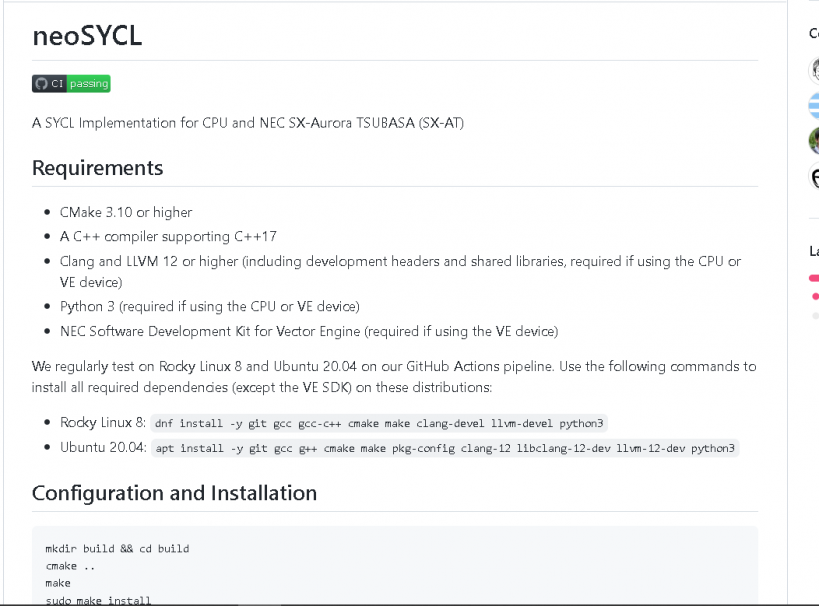
neoSYCL is open to the public!
Hello. My name is Kaneko, a second-year master’s student.
Just a few days ago, “neoSYCL”, an original SYCL implementation developed in this laboratory, was released!
SYCL is a standard developed by the Khronos Group for writing code for heterogeneous architectures.
There are several implementations of SYCL, as described here.
Among them, neoSYCL is the only implementation that supports CPU and NEC’s SX-Aurora TSUBASA (SX-AT) as a processor.
With neoSYCL, processing in heterogeneous systems containing SX-ATs can be written in a single-source program using standard C++.
Please check the neoSYCL page on GitHub for more information.
In addition to SX-AT, my research has also created an extension library to support Intel Field Programmable Gate Array (FPGA), which I plan to research and implement so that it can be published on GitHub.

We had a B3 welcome party.
Hello, this is Ishii of M1.
Summer is gradually approaching, and I am wondering whether I should wear a parka or a short-sleeved one.
In this season, three new third-year students and a research student have arrived at Takizawa Lab. We held a welcome party for them online, so here is a report on it.
This welcome party was also held online, but we would like to do it offline soon…
I hope we can create an environment where the newcomers can feel comfortable. I look forward to working with you from now on!
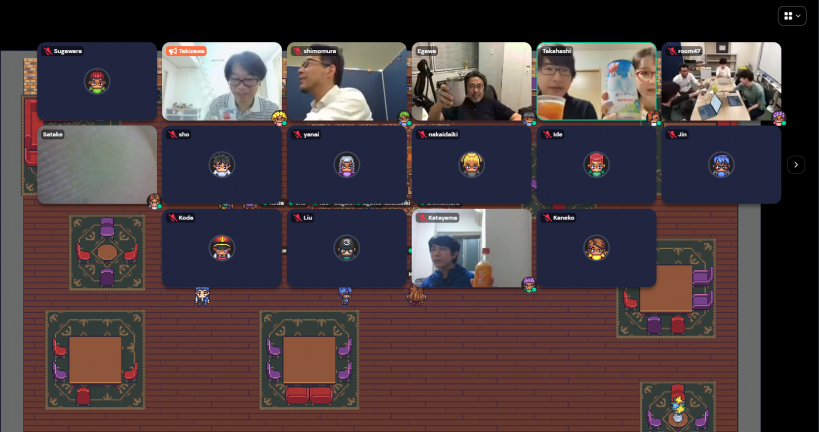
B3歓迎会をしました
こんにちは。M1の石井です。
だんだんと夏が近づいてきて、パーカーを着るのか半袖1枚で行くのか悩んでいる今日この頃です。
そんな季節ですが、無事研究室配属が終わり、滝沢研にも新しく3年生3人と研究生1人がやってきました。ということで歓迎会をオンラインで行ったので、その報告です。
今回の歓迎会もオンラインでした、そろそろオフラインでやりたいですね…
新しく入った皆さんが居心地良くなるような環境が作れればいいなと思います。これからよろしくおねがいします!

COOL Chips 25においてJin が発表
こんにちは、D1のJin Yifanです。
2022年4月20日から22日にかけて、25th IEEE Symposium on Low-Power and High-Speed Chips and Systems (COOL Chips 25)が開催されました。
IEEE COOL Chipsは、1998年に開始された、低電力・高速チップとシステムの進歩を紹介する国際シンポジウムです。
本シンポジウムでは、マイクロプロセッサとそのアプリケーションの全領域における最先端技術が網羅されています。今回のシンポジウムには、世界中から研究者が参加し、ハイブリッド形式(東京会場でのオンサイトとオンライン)で行われました。
プログラムはこちらでご覧いただけます。
私はこのシンポジウムでポスター発表をさせていただきました。
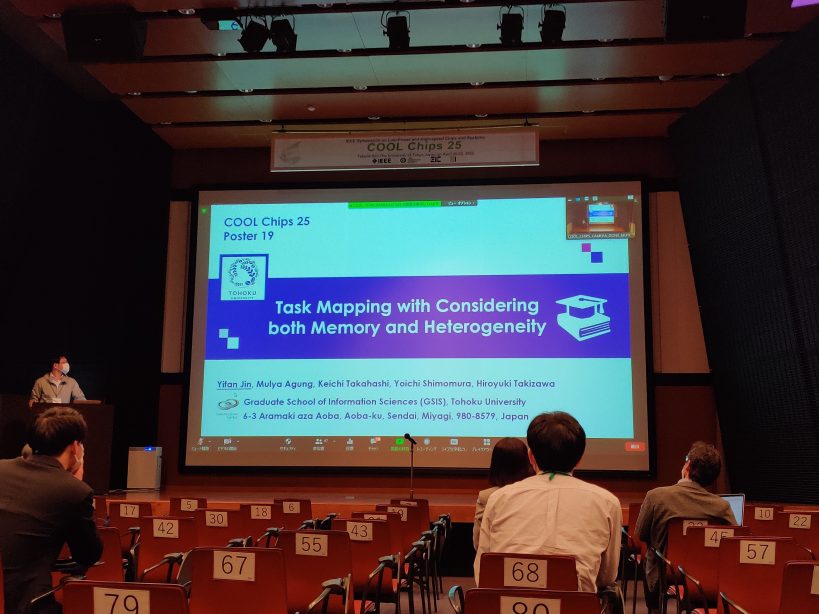
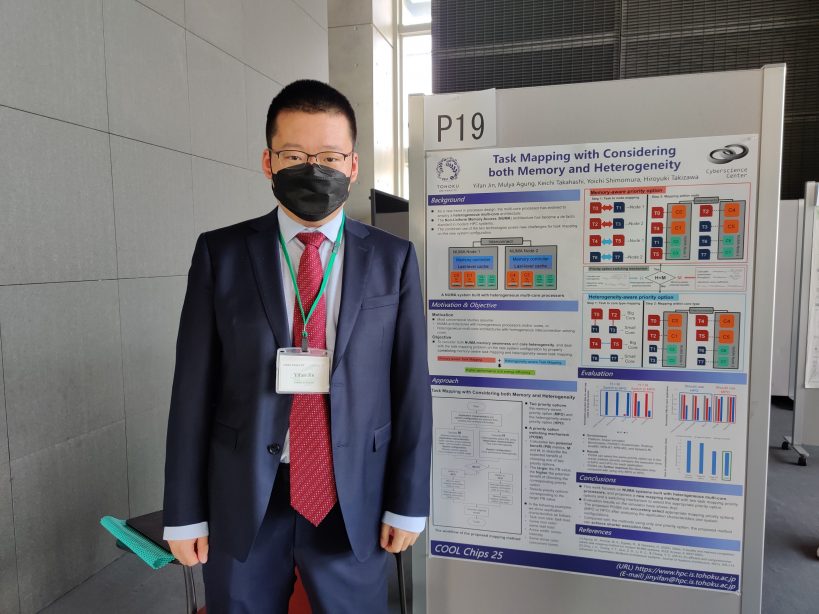
実は、疫病の影響で、このような学会に現地で参加する機会は今回が初めてだったのです。
私は、多くの熱心な研究者と出会い、興味深く、貴重な議論をすることができました。
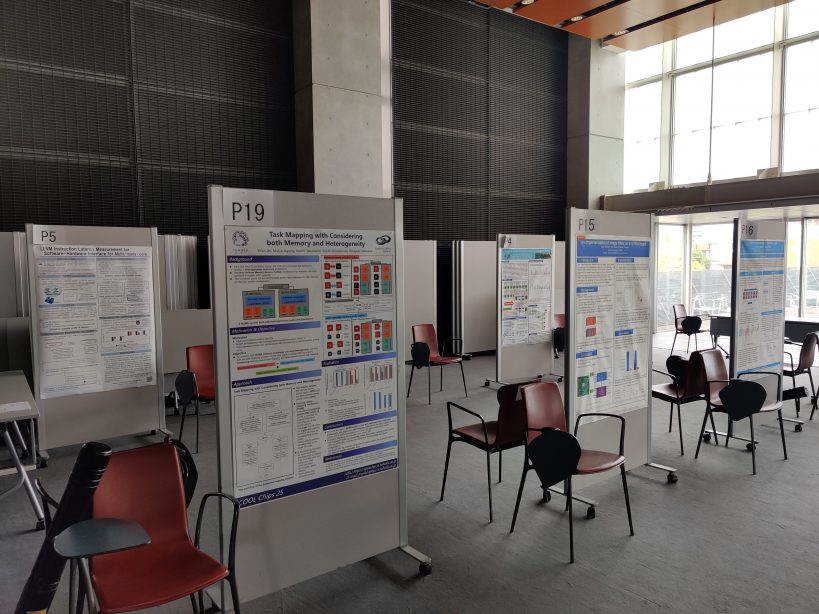
Jin had a presentation at COOL Chips 25
Hi, this is D1 student Jin Yifan.
The 25th IEEE Symposium on Low-Power and High-Speed Chips and Systems (COOL Chips 25) was successfully held during April 20-22, 2022.
IEEE COOL Chips is an International Symposium initiated in 1998 to present the advancement of low-power and high-speed chips and systems.
The symposium covers leading-edge technologies in all areas of microprocessors and their applications.
Researchers from around the world participated in this symposium in a hybrid format (on-site in Tokyo and online).
The program is shown here.
I was privileged to be able to present my work as a poster at this symposium.


In fact, because of the epidemic, this was the first time I had the opportunity to participate in this type of academic conference on-site.
I met many enthusiastic researchers and had interesting and valuable discussions with them.

Access control (LINE) created
Hello, my name is Ishii, and I started my first year as a master’s student in the spring.
I was interested in the LINE API, so I created an official LINE that can manage access control. It is designed to record entry and exit times and reflect them in a spreadsheet.
I made this line as a personal hobby, and I am very grateful that my lab is able to use it. I have a desire to create various things, so I will continue to enjoy creating something in the future.
